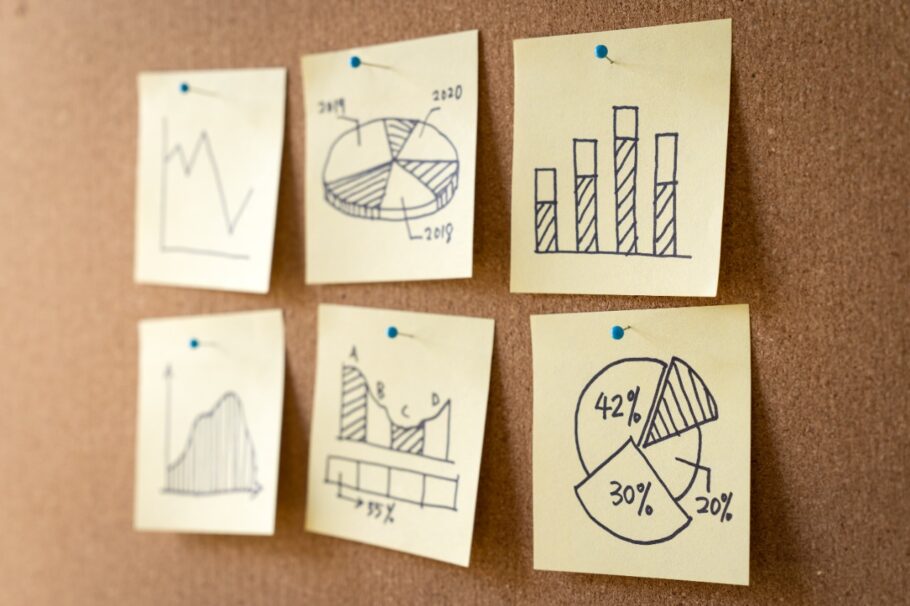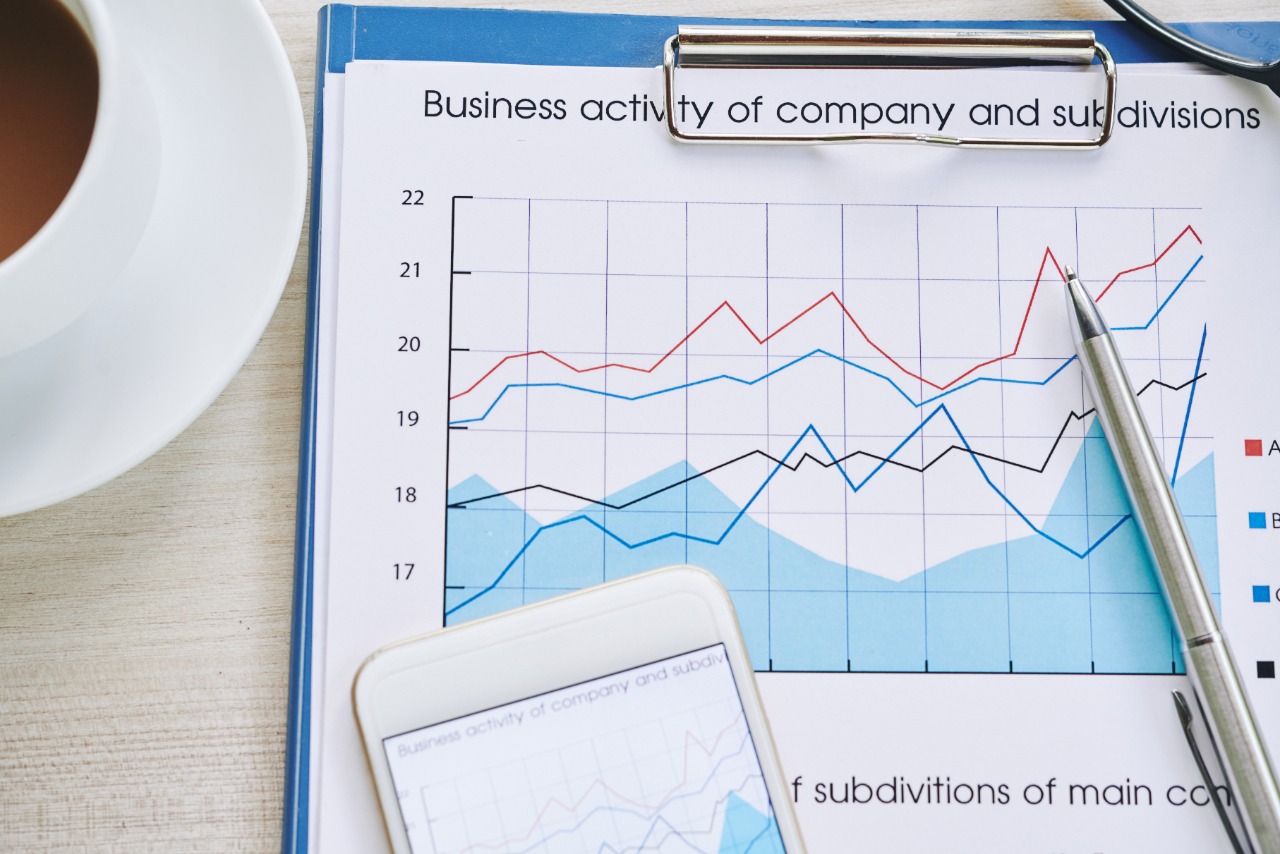What does SAS Analyst do?
A SAS Analyst is responsible for analyzing data and providing insights to help organizations make better business decisions. They use SAS software to access, process, and analyze data, and then create reports and visualizations to communicate their findings.
Career and scope of SAS Analyst
A SAS analyst is a computer programmer who uses the SAS programming language to develop software and applications. SAS analysts typically have a bachelor’s degree in computer science or a related field. They must also be proficient in SAS programming and have a strong understanding of statistics. SAS analysts typically work in the IT department of a company or organization.
Career Path for SAS Analyst
A SAS Analyst typically starts their career with a bachelor’s degree in computer science, mathematics, or a related field. They then spend a few years working as a programmer or software developer, during which time they learn SAS programming. After a few years of experience, they can move into a position as a SAS Analyst, where they provide analysis and support for SAS users. With more experience, they can move into a senior position, such as a SAS Manager, where they oversee SAS programming projects and provide support to SAS users.
Key Skills of SAS Analyst
Some key skills of a SAS analyst include the ability to use SAS software to manipulate data, to generate reports and to conduct statistical analysis. Other skills include the ability to interpret and communicate the results of the analysis, to work with large data sets and to troubleshoot SAS programming issues.
Top 20 Roles and Responsibilities of SAS Analyst
1. To develop, test, and implement SAS programs to extract, manipulate, and analyze data.
2. To work with SAS software to create reports, summary statistics, and graphic representations of data.
3. To validate data integrity and accuracy of SAS programs.
4. To support data analysis and decision making by providing SAS programming expertise.
5. To develop and maintain code libraries for routine SAS programming tasks.
6. To troubleshoot errors in SAS programs and investigate data anomalies.
7. To optimize SAS programs to improve performance and efficiency.
8. To create and maintain SAS program documentation.
9. To train other SAS users on programming techniques.
10. To collaborate with team members on SAS programming projects.
11. To keep abreast of new SAS features and functionality.
12. To develop SAS programming standards and best practices.
13. To participate in SAS software beta testing.
14. To mentor less experienced SAS programmers.
15. To present SAS programming results to clients or management.
16. To consult with clients or management to determine SAS programming requirements.
17. To develop custom SAS programs to meet specific client or business needs.
18. To integrate SAS programs with other software applications.
19. To support SAS users by providing technical assistance and advice.
20. To perform other SAS programming-related duties as assigned.
Cover Letter for SAS Analyst
Dear Hiring Manager,
I am writing in regards to the SAS Analyst position that you recently posted. Based on my qualifications and experience, I believe that I am the perfect candidate for this role.
As a SAS Analyst, I have extensive experience working with SAS software to collect, analyze, and report data. I have a strong understanding of statistical methods and have used SAS to create various types of reports, including summary reports, trend reports, and ad hoc reports. I am also proficient in Excel and have used this software to create pivot tables, charts, and graphs.
In addition to my technical skills, I also have strong communication and interpersonal skills. I am able to effectively communicate with colleagues and clients in order to gather information and deliver results. I am also able to work independently and am comfortable taking on new challenges.
I am confident that I can be a valuable asset to your team and would welcome the opportunity to discuss my qualifications further. Thank you for your time and consideration.
Sincerely,
Your name
Top 20 interview questions and answers for SAS Analyst
1. What experience do you have with SAS programming?
I have been working with SAS programming for the past 5 years.
2. What do you think are the most important skills for a SAS programmer?
The most important skills for a SAS programmer are: attention to detail, good organizational skills, and the ability to work independently.
3. What do you think makes SAS programming unique?
SAS programming is unique because it is a powerful tool for data analysis and manipulation.
4. What do you think are the most important things to keep in mind when working with SAS programming?
Some of the most important things to keep in mind when working with SAS programming are: to always test your code before running it on your data, to use caution when making changes to your code, and to always back up your data before making any changes.
5. What do you think are the most important things to remember when creating SAS programs?
Some of the most important things to remember when creating SAS programs are: to use clear and concise comments, to use consistent indentation, and to use meaningful variable names.
6. What do you think is the best way to learn SAS programming?
The best way to learn SAS programming is to practice working with the software on your own data.
7. What do you think are the most important things to keep in mind when working with SAS data sets?
Some of the most important things to keep in mind when working with SAS data sets are: to use caution when making changes to your data, to always back up your data before making any changes, and to use the proper SAS statements when creating your SAS programs.
8. What do you think is the best way to use SAS for data analysis?
The best way to use SAS for data analysis is to use the SAS PROC SQL and SAS PROC MEANS procedures.
9. What do you think are the most important things to remember when using SAS for data analysis?
Some of the most important things to remember when using SAS for data analysis are: to use caution when making changes to your data, to use the proper SAS statements when creating your SAS programs, and to always back up your data before making any changes.
10. What do you think is the best way to use SAS for data manipulation?
The best way to use SAS for data manipulation is to use the SAS DATA step.
11. What do you think are the most important things to remember when using SAS for data manipulation?
Some of the most important things to remember when using SAS for data manipulation are: to use caution when making changes to your data, to use the proper SAS statements when creating your SAS programs, and to always back up your data before making any changes.
12. What do you think is the best way to use SAS for report writing?
The best way to use SAS for report writing is to use the SAS PROC REPORT procedure.
13. What do you think are the most important things to remember when using SAS for report writing?
Some of the most important things to remember when using SAS for report writing are: to use clear and concise comments, to use consistent indentation, and to use meaningful variable names.
14. What do you think is the best way to use SAS for graphics?
The best way to use SAS for graphics is to use the SAS PROC GPLOT procedure.
15. What do you think are the most important things to remember when using SAS for graphics?
Some of the most important things to remember when using SAS for graphics are: to use clear and concise comments, to use consistent indentation, and to use meaningful variable names.
16. What do you think is the best way to use SAS for statistical analysis?
The best way to use SAS for statistical analysis is to use the SAS PROC MEANS and SAS PROC UNIVARIATE procedures.
17. What do you think are the most important things to remember when using SAS for statistical analysis?
Some of the most important things to remember when using SAS for statistical analysis are: to use caution when making changes to your data, to use the proper SAS statements when creating your SAS programs, and to always back up your data before making any changes.
18. What do you think is the best way to use SAS for data mining?
The best way to use SAS for data mining is to use the SAS PROC FACTOR and SAS PROC CLUSTER procedures.
19. What do you think are the most important things to remember when using SAS for data mining?
Some of the most important things to remember when using SAS for data mining are: to use caution when making changes to your data, to use the proper SAS statements when creating your SAS programs, and to always back up your data before making any changes.
20. What do you think is the best way to use SAS for marketing research?
The best way to use SAS for marketing research is to use the SAS PROC MARKET and SAS PROC PLAN procedures.




